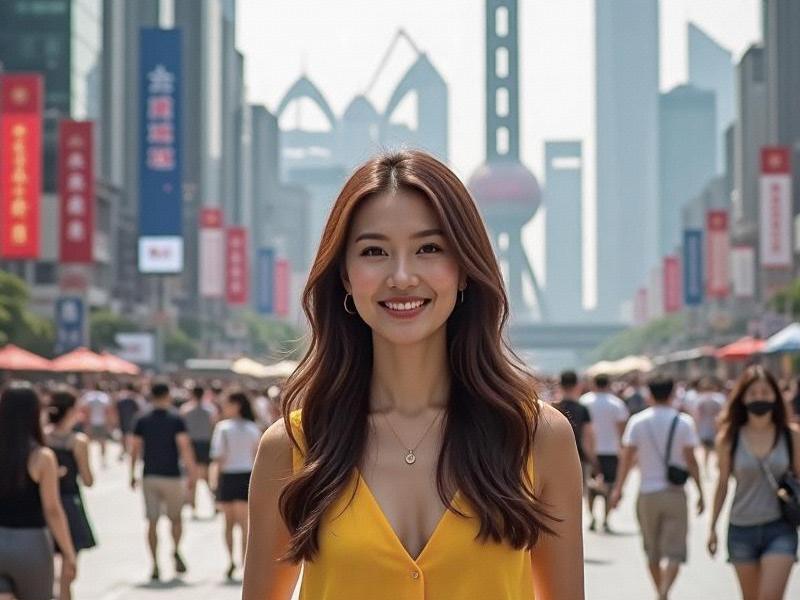
Section 1: The Industrial Canvas
1.1 Factory Renaissance
- M50 Art District's evolution from textile mills to galleries
- Tank Shanghai's oil storage transformation into art museum
- How 62% of creative spaces repurpose industrial heritage
1.2 Architectural Alchemy
- Brick-by-brick restoration of colonial buildings
- Adaptive reuse techniques preserving original facades
- The "Steel Flower" movement blending old structures with new materials
Section 2: The Creative Economy Engine
上海私人外卖工作室联系方式 2.1 Design Revolution
- Local studios reinventing Chinese typography
- Furniture makers merging Ming aesthetics with ergonomics
- Fashion tech startups digitizing qipao craftsmanship
2.2 Digital Ateliers
- NFT platforms promoting traditional ink artists
- Virtual reality recreations of Old Shanghai
- AI-assisted porcelain design innovations
Section 3: Cultural Ecosystem
上海品茶论坛 3.1 Education Networks
- Tongji University's design incubator program
- Cross-disciplinary collaborations with tech firms
- Apprenticeship models preserving handicraft techniques
3.2 Global Dialogues
- West Bund Art Fair's international curation
- Sino-French design exchange programs
- How foreign creatives interpret Shanghai style
Section 4: Policy Foundations
上海品茶网 4.1 Government Support
- Tax incentives for creative enterprises
- Zoning adjustments enabling mixed-use spaces
- Intellectual property protection initiatives
4.2 Community Engagement
- Resident-led conservation committees
- Creative placemaking in public housing areas
- Night economy programs supporting indie venues
Conclusion: The Shanghai Method
The city demonstrates how cultural industries can drive urban regeneration without erasing history - offering developing cities worldwide a blueprint for sustainable creative development.
